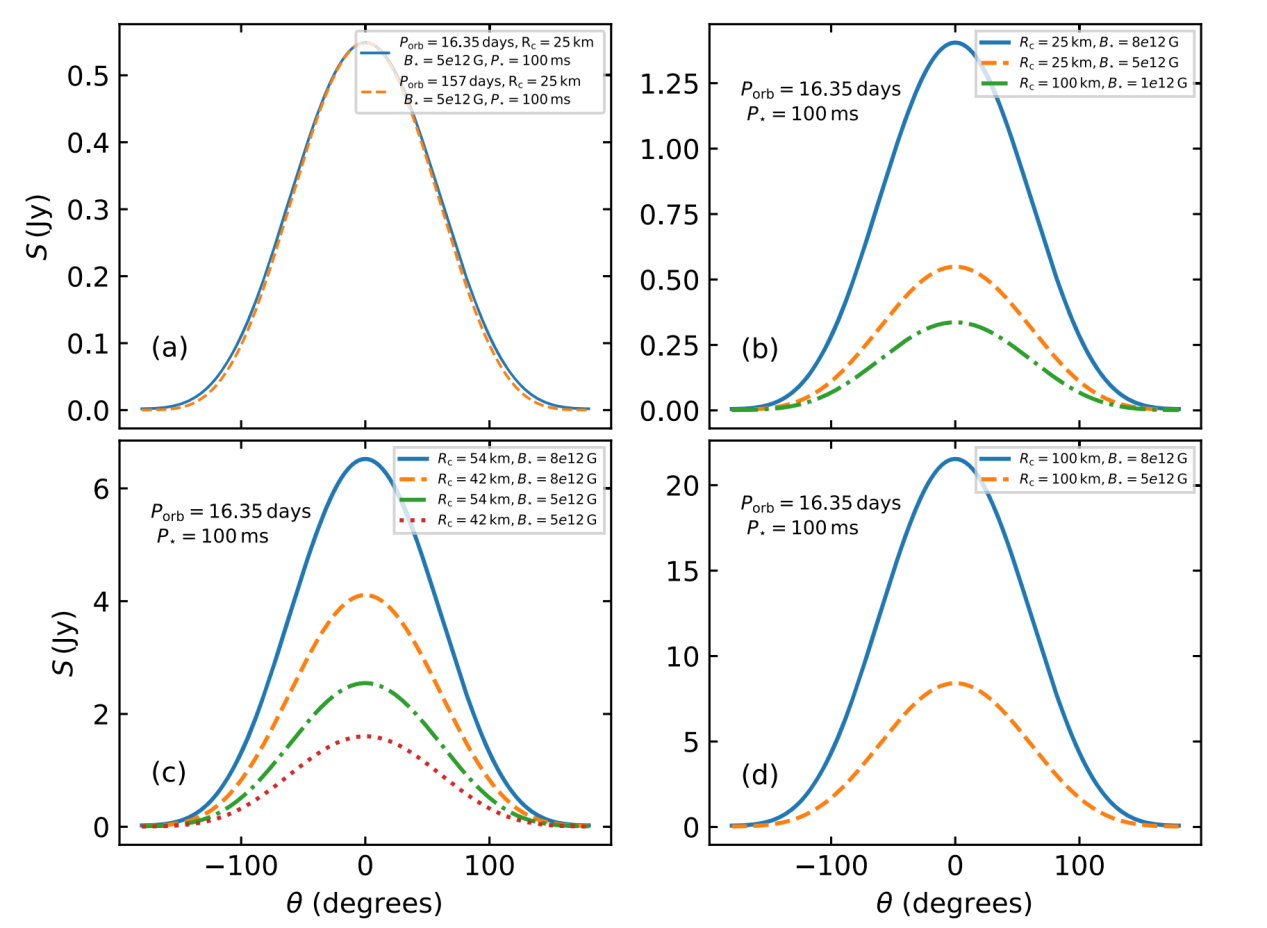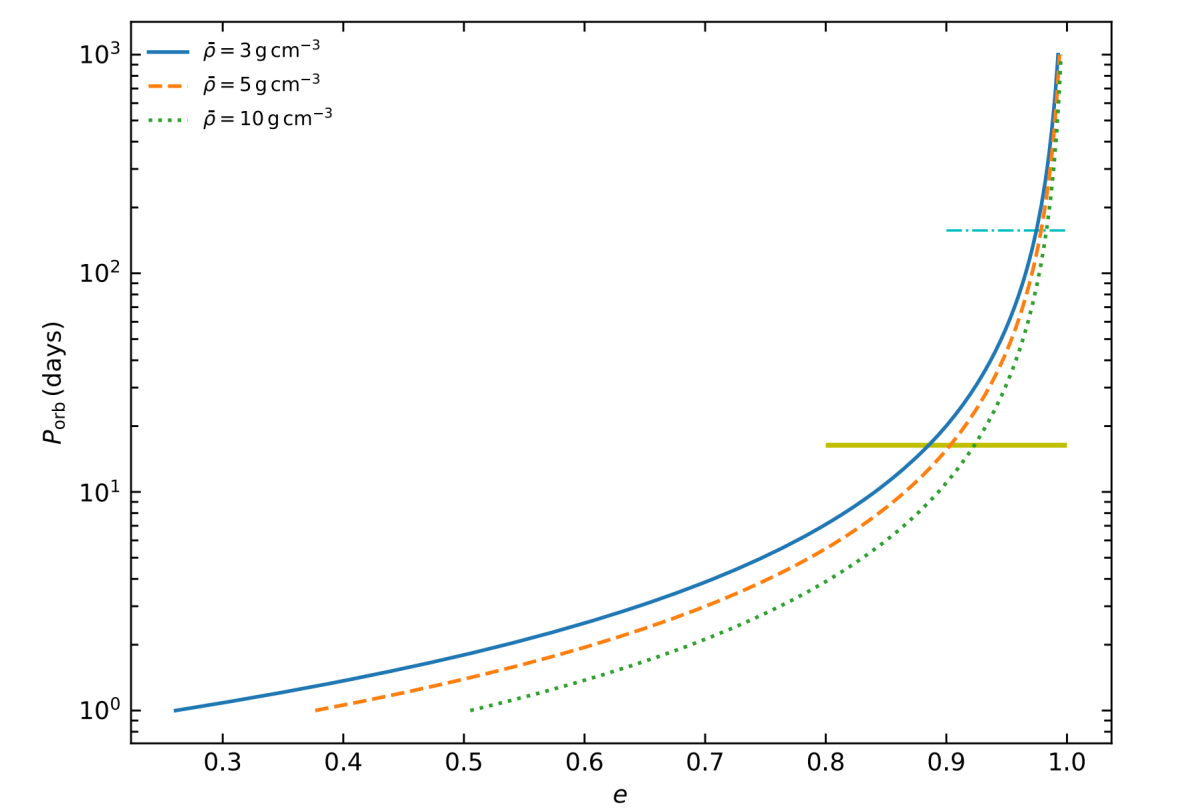Recently, Dr. Abdusattar Kurban from the Xinjiang Astronomical Observatory (XAO), Chinese Academy of Sciences (CAS), along with his collaborators from XAO, Nanjing University, Purple mountain Observatory, and the Institute of High Energy Physics, introduced a new model which proposes that periodic repeating FRBs are due to the interaction of an neutron star (NS) with its planet in a highly elliptical orbit.
The related results have been published in the Astrophysical Journal (ApJ, 2022, 928, 94).
Fast radio burst (FRB) is a mysterious radio burst that releases extremely high energy in milliseconds. Since its first discovery in 2007, the number has increased to hundreds. Some of these FRBs will burst only once, while others will erupt repeatedly. The study of repeating FRBs, especially periodic repeating FRBs may be of great significance for understanding the origin and emission mechanism of this mysterious phenomenon.
In a highly elliptical orbit (Figure 1), the planet is very close to neutron star at the near star point of the planetary orbit. Every time the planet passes through this point, it will be elongated and partially torn apart if the tidal force is greater than the self-gravity of planet. In these processes, clumps several kilometers in size will be produced.
After being torn apart, the clumps move around the neutron star. Neutron stars produce stellar winds like the sun. When the wind of the neutron star interacts with the clumps moving around the neutron star, extremely strong radio radiation will be generated (see Figure 2 for radiation flux).
The researchers found that when the clump was in the line of sight between the Earth and the neutron star, the FRBs could be detected, and when it deviated from the line of sight, the signal disappeared. The FRBs would show the characteristics of repeated occurrence when the debris continuously passed through our line of sight.
The clumps lose energy under the influence of gravity when they orbit the neutron star, their orbits will decay rapidly. Therefore, no FRBs would be observed from these older fragments.
In addition, they inferred that the NS-planet tidal disruption model can explain repeating FRBs with an explosion cycle from a few days to hundreds, but it usually requires a planetary orbit with a large eccentricity (Figure 3).
By comparing the calculated results with the observed characteristics of two known periodic repeating FRBs (FRB121102 and FRB180916, with a burst period of about 160 days and 16 days, respectively) they found that the model can explain the basic characteristics of the two repeating FRBs.
The researchers will continue to study the possible physical processes after the tidal disruption.
Figure 1. Schematic illustration (not to scale) of a pulsar planet in a highly eccentric orbit.

Figure 2. The flux density of FRBs vs. the orbital phase. Panel (a) shows the effect of the orbital period on the flux density. Panels (b), (c), and (d) show the effects of the surface magnetic field and the clump size on the flux density.

Figure 3. Orbital period as a function of the eccentricity under the partial tidal disruption condition.
Contact: Abdusattar Kurban
Xinjiang Astronomical Observatory, Chinese Academy of Sciences.
Email: akurban@xao.ac.cn
Article link: https://iopscience.iop.org/article/10.3847/1538-4357/ac558f